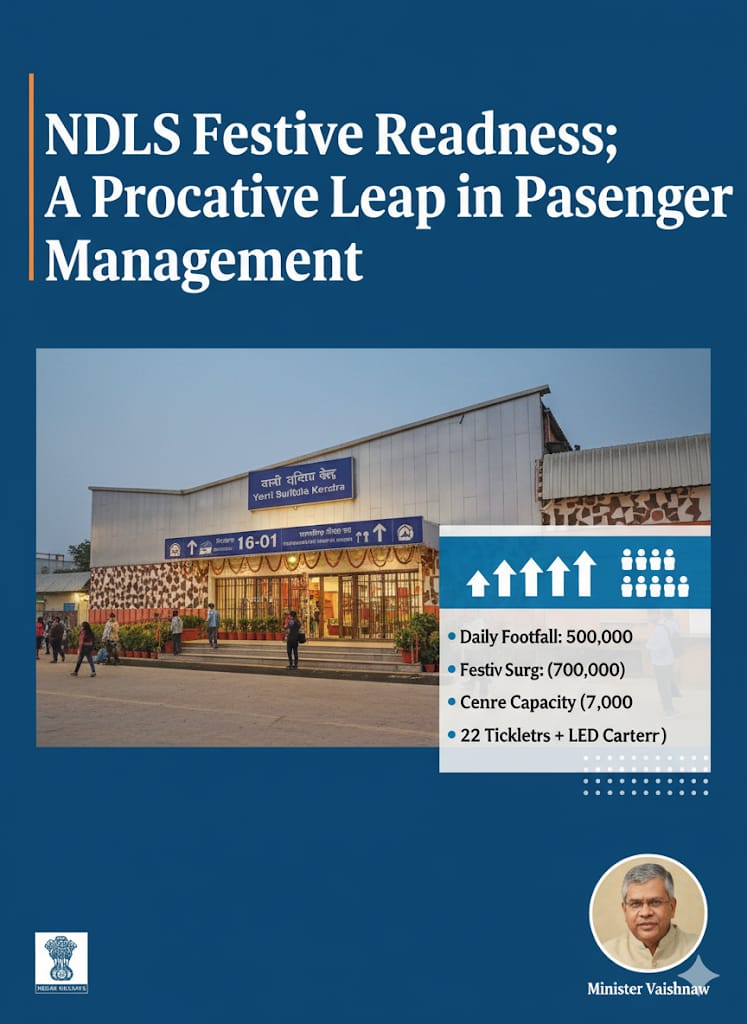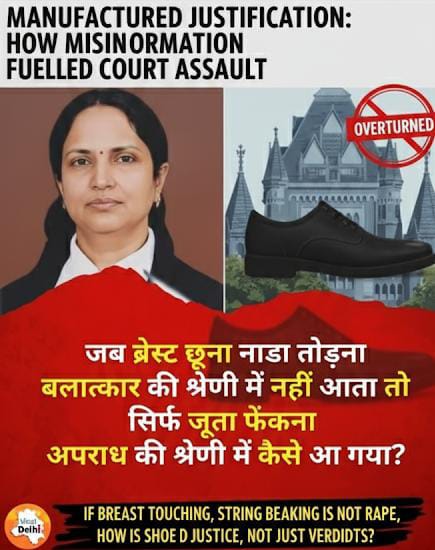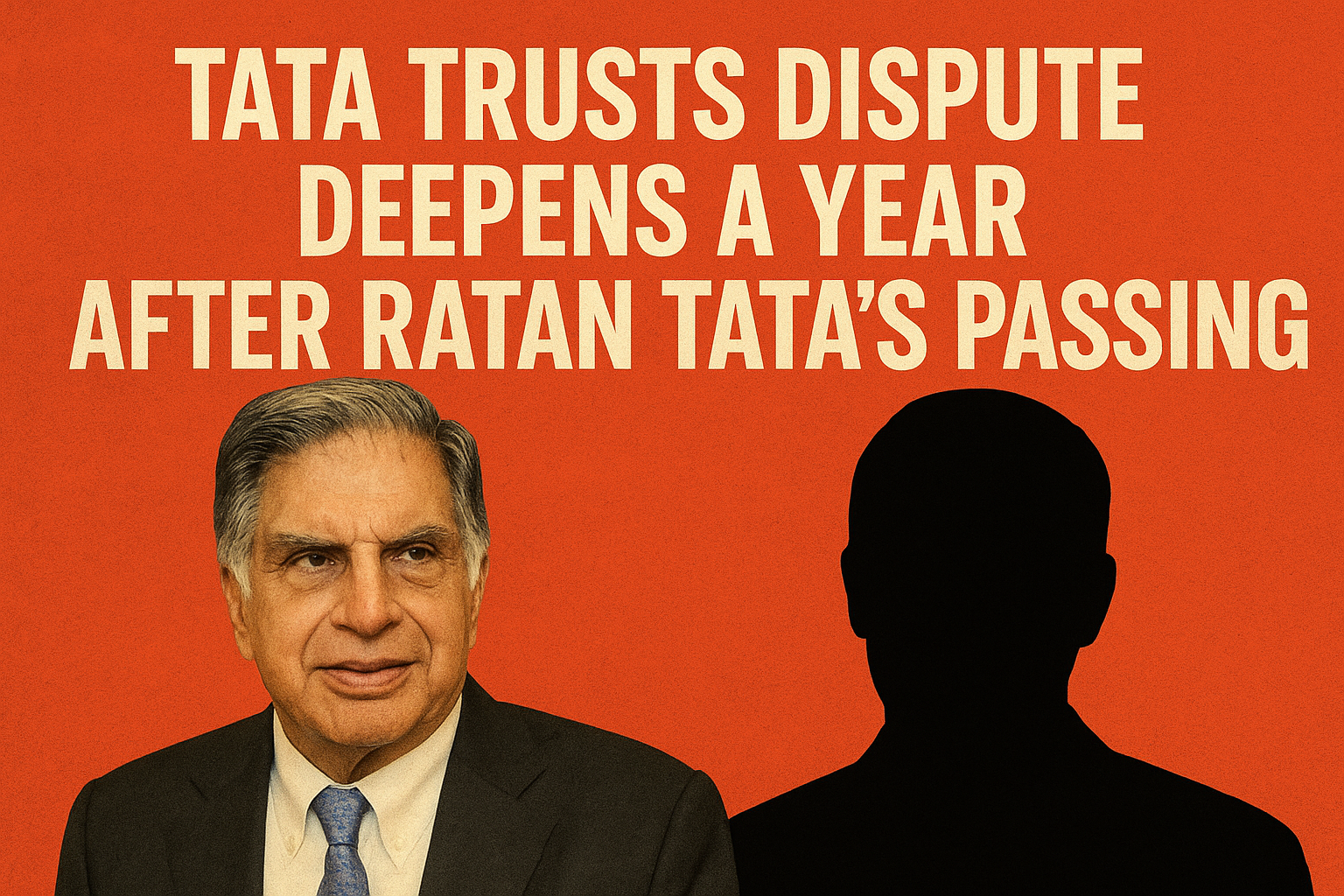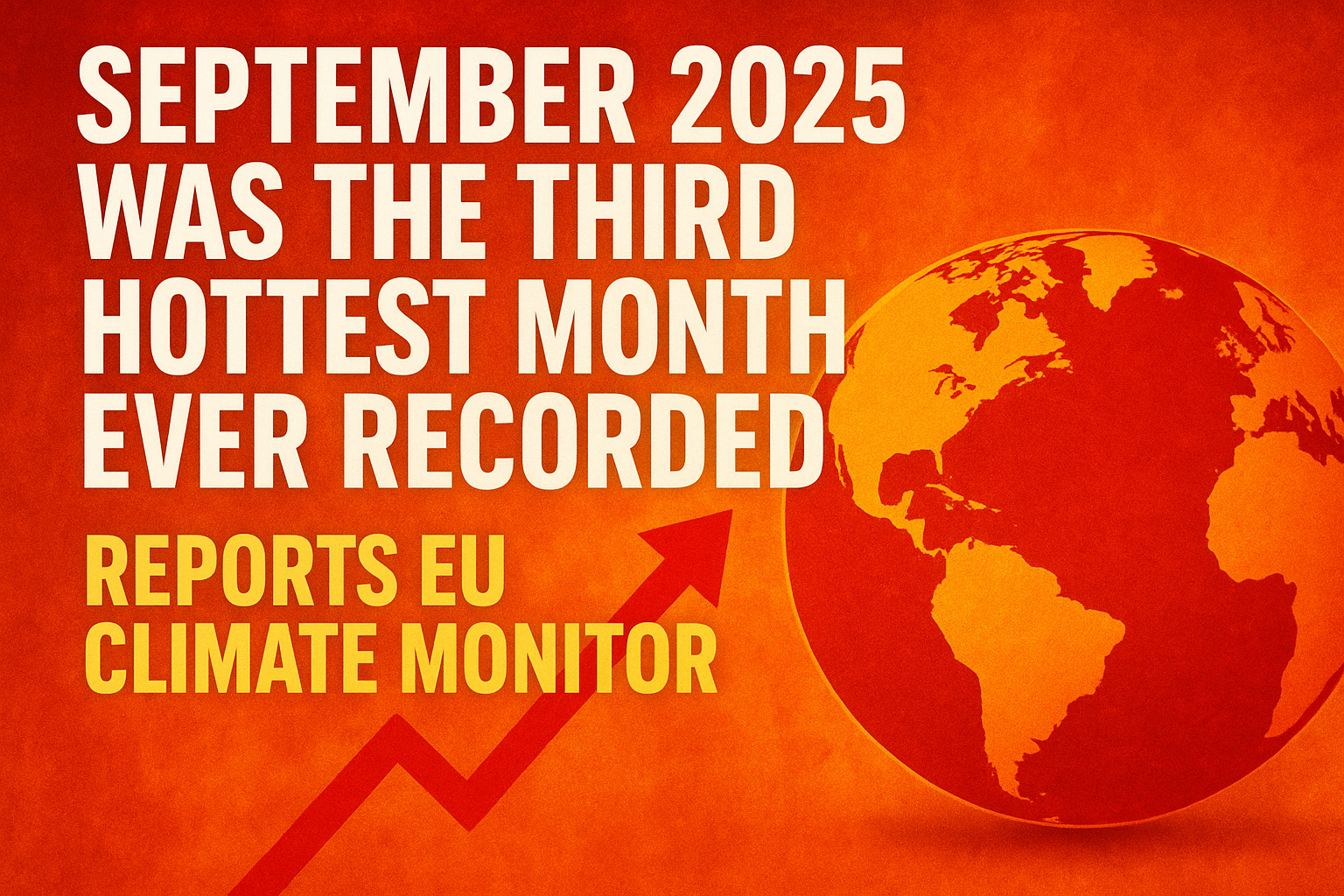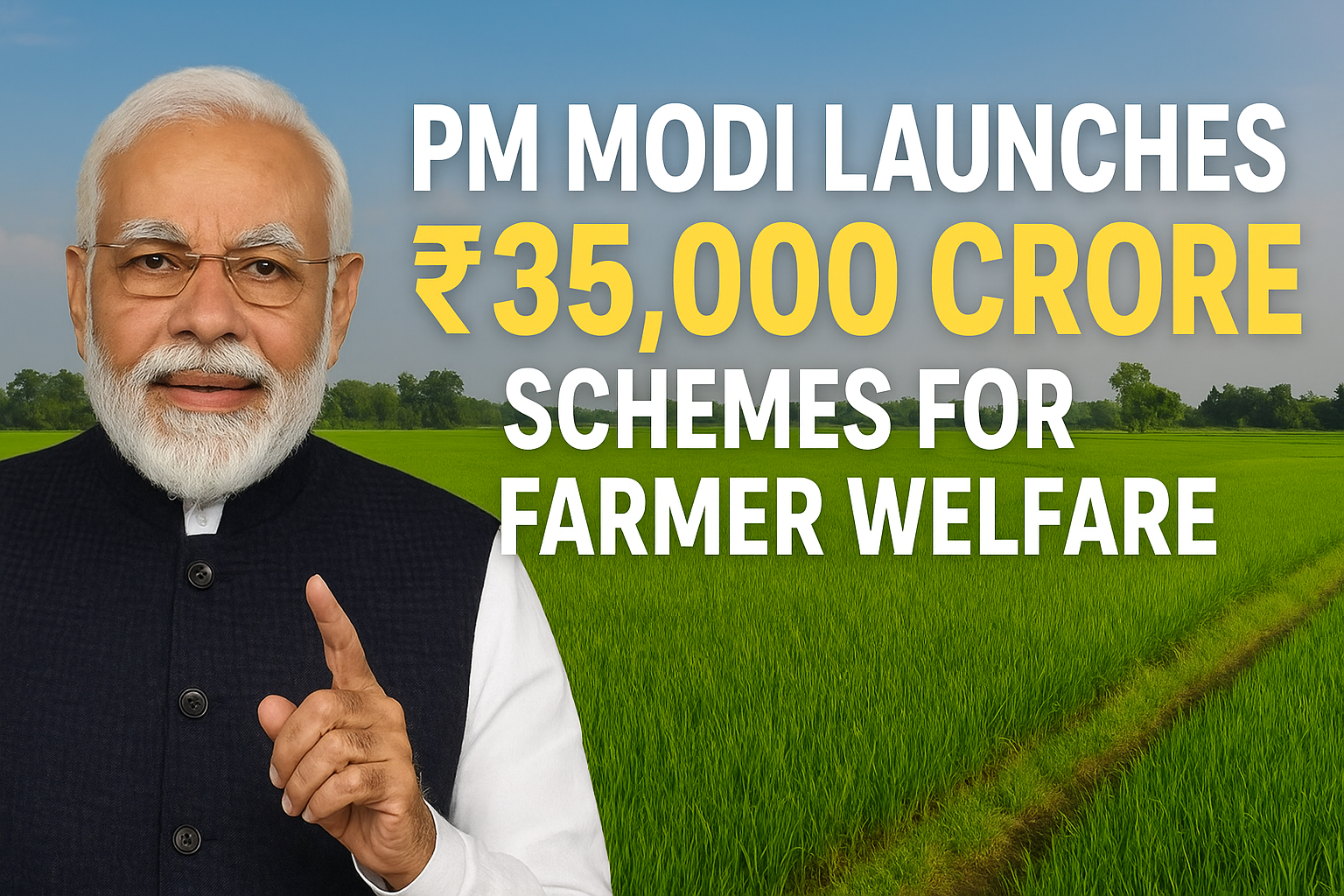
Prime Minister Narendra Modi recently launched two major agricultural schemes worth ₹35,440 crore to boost the farming sector in India. These schemes aim to transform agriculture, improve productivity, and support farmers in 100 low-performing districts across the country. This move marks another strong step toward making farming more sustainable and profitable for millions of Indian farmers.
The two new schemes are PM Dhan Dhanya Krishi Yojana and Mission for Aatmanirbharta in Pulses. The first one, with a budget of ₹24,000 crore, will work to improve farm conditions in 100 selected districts. The second scheme, with ₹11,440 crore, will help India become self-reliant in the production of pulses. These initiatives show the government’s focus on solving long-term problems in the farm sector and ensuring better income for farmers.
While addressing farmers at the Indian Agricultural Research Institute in New Delhi, Prime Minister Modi said that agriculture has always been the foundation of India’s economy. He added that even though reforms in the last 11 years have started showing results, much more needs to be done for faster rural development. According to him, earlier governments had no clear vision for agriculture and often ignored the needs of farmers. Many policies were created without considering the real challenges faced by those who work on the land every day.
Modi pointed out that his government changed this approach in 2014. The focus shifted toward empowering farmers and improving every stage of the agricultural chain from seeds to markets. He emphasized that reforms such as the distribution of soil health cards, the use of modern irrigation systems, and the promotion of digital technology in farming have brought visible improvements. Farmers now have access to better seeds, fertilizers, and information about weather and markets, which help them make more informed decisions.
He also said that earlier, development programs were often limited to specific areas or communities. Now, the government is trying to bring equal growth to all regions by including small and marginal farmers in its plans. The new schemes are not only about giving financial support but also about improving productivity, promoting modern farming methods, and ensuring that farmers get fair prices for their produce.
One of the key focuses of these schemes is to increase the production of pulses. India is one of the largest consumers of pulses in the world, and yet it depends on imports to meet domestic demand. With the Mission for Aatmanirbharta in Pulses, the government aims to reduce this dependence and make the country self-sufficient in this vital food category. This will help save foreign exchange and provide better income to farmers who grow pulses.
The Prime Minister said that his government’s goal is not just to increase production but also to strengthen the entire agricultural ecosystem. This includes promoting allied sectors such as fisheries, dairy, and food processing, which can provide additional sources of income for rural families. He reminded everyone that agriculture is not just about crops; it is about the dignity and future of rural India.
He also mentioned that the PM Dhan Dhanya Krishi Yojana is inspired by the vision of creating aspirational districts where agriculture becomes the main driver of progress. Earlier, many districts were left behind in development, but now the focus is to give them special attention and bring them at par with others.
These new schemes show a clear commitment by the government to build a stronger and more modern agricultural system. With continued reforms, better technology, and focused investments, Indian agriculture can become both self-reliant and globally competitive. The journey is not easy, but with the right policies and farmer-friendly leadership, the fields of India can once again become symbols of growth, prosperity, and national pride.



.jpeg)
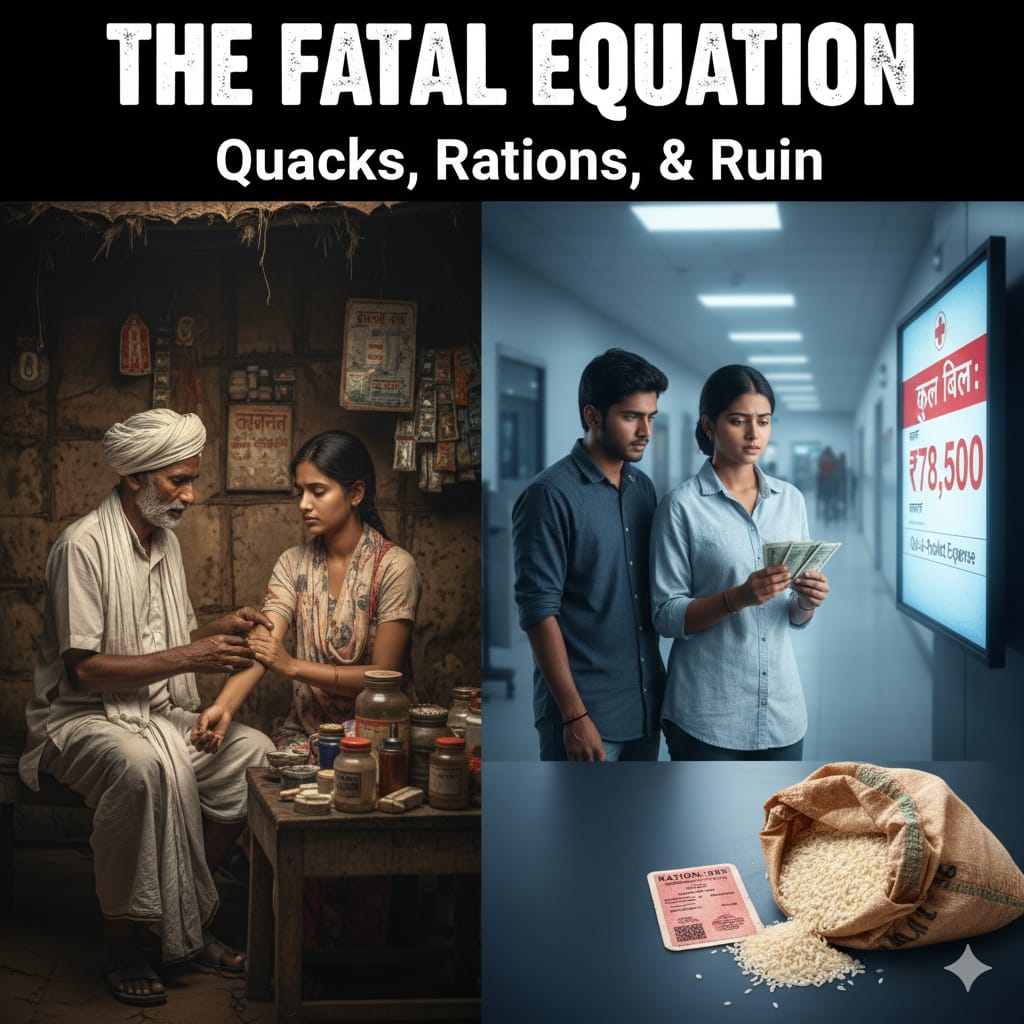
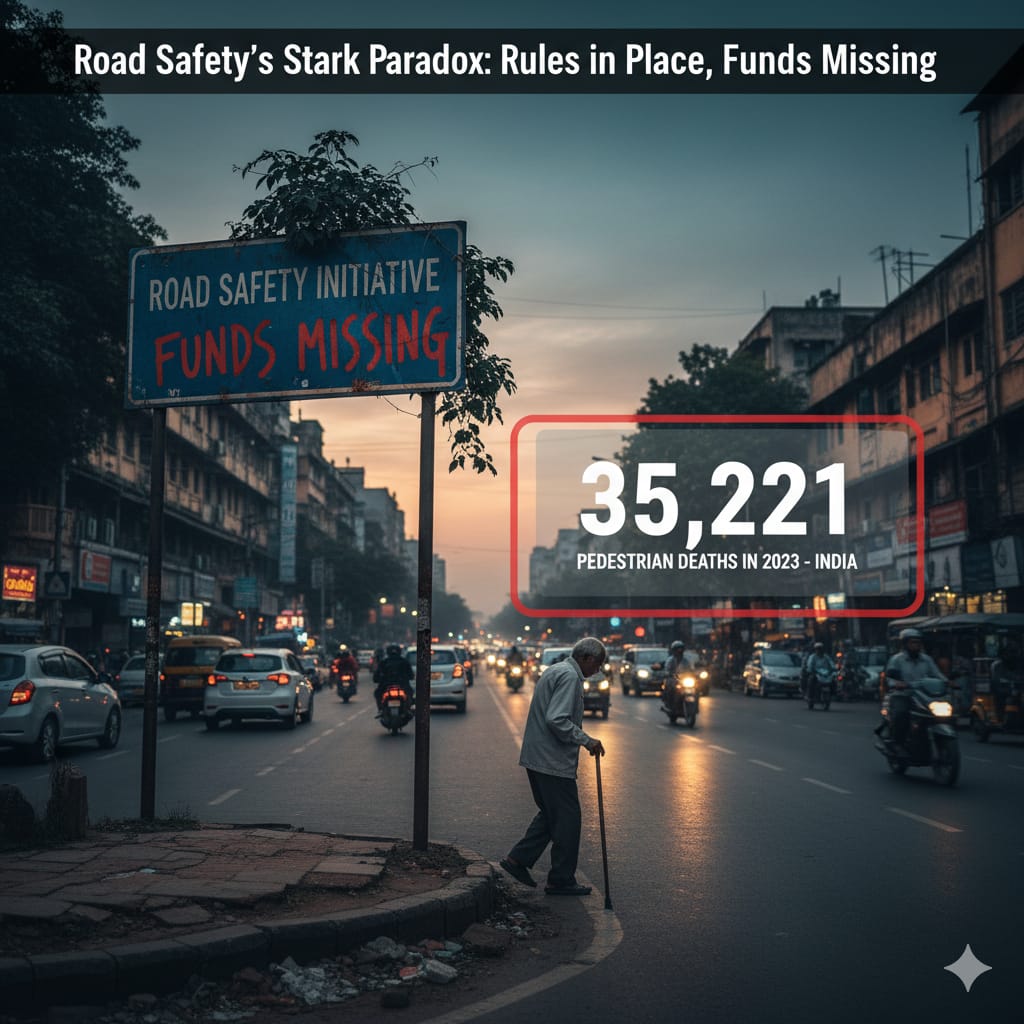
.jpeg)

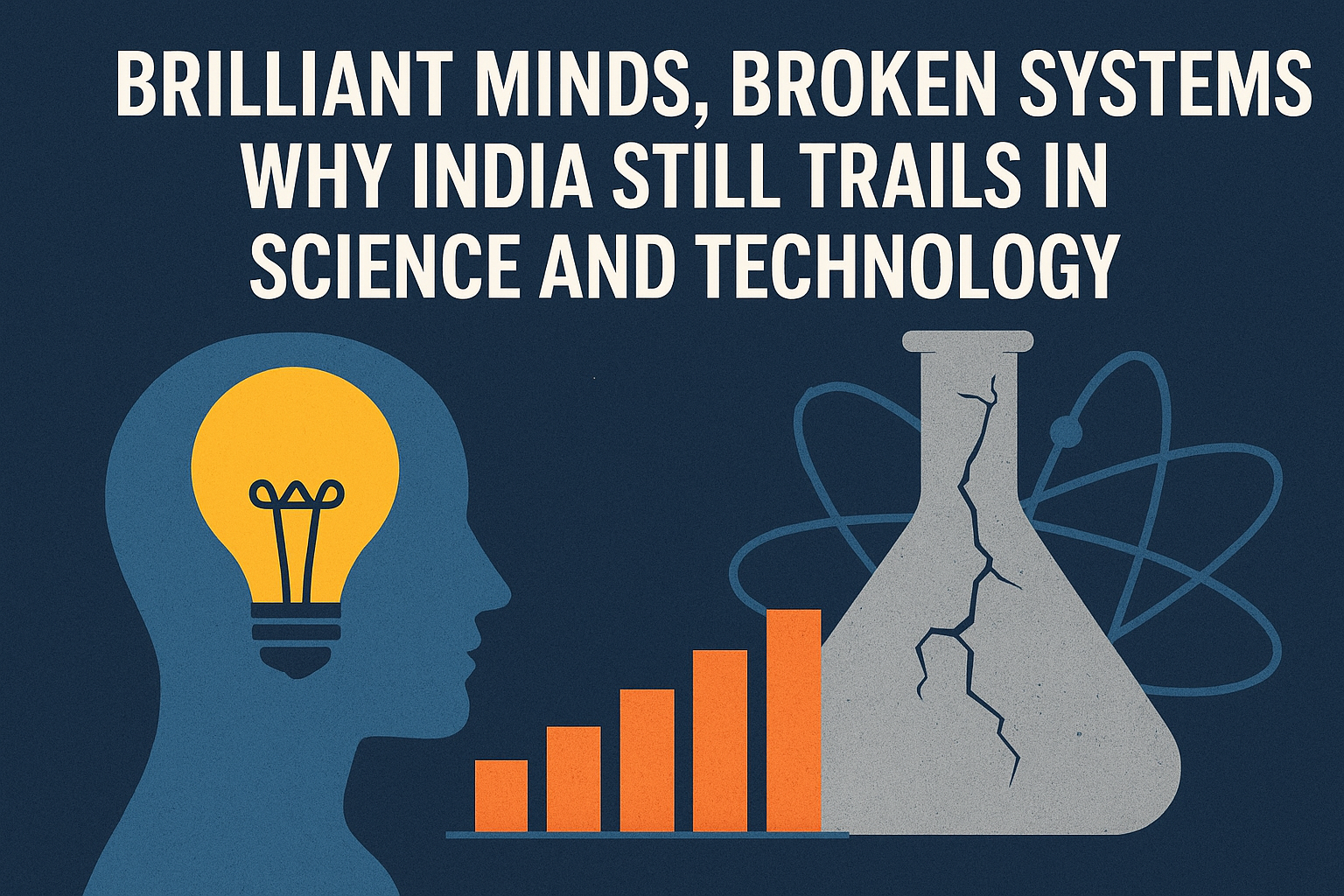


.jpeg)
